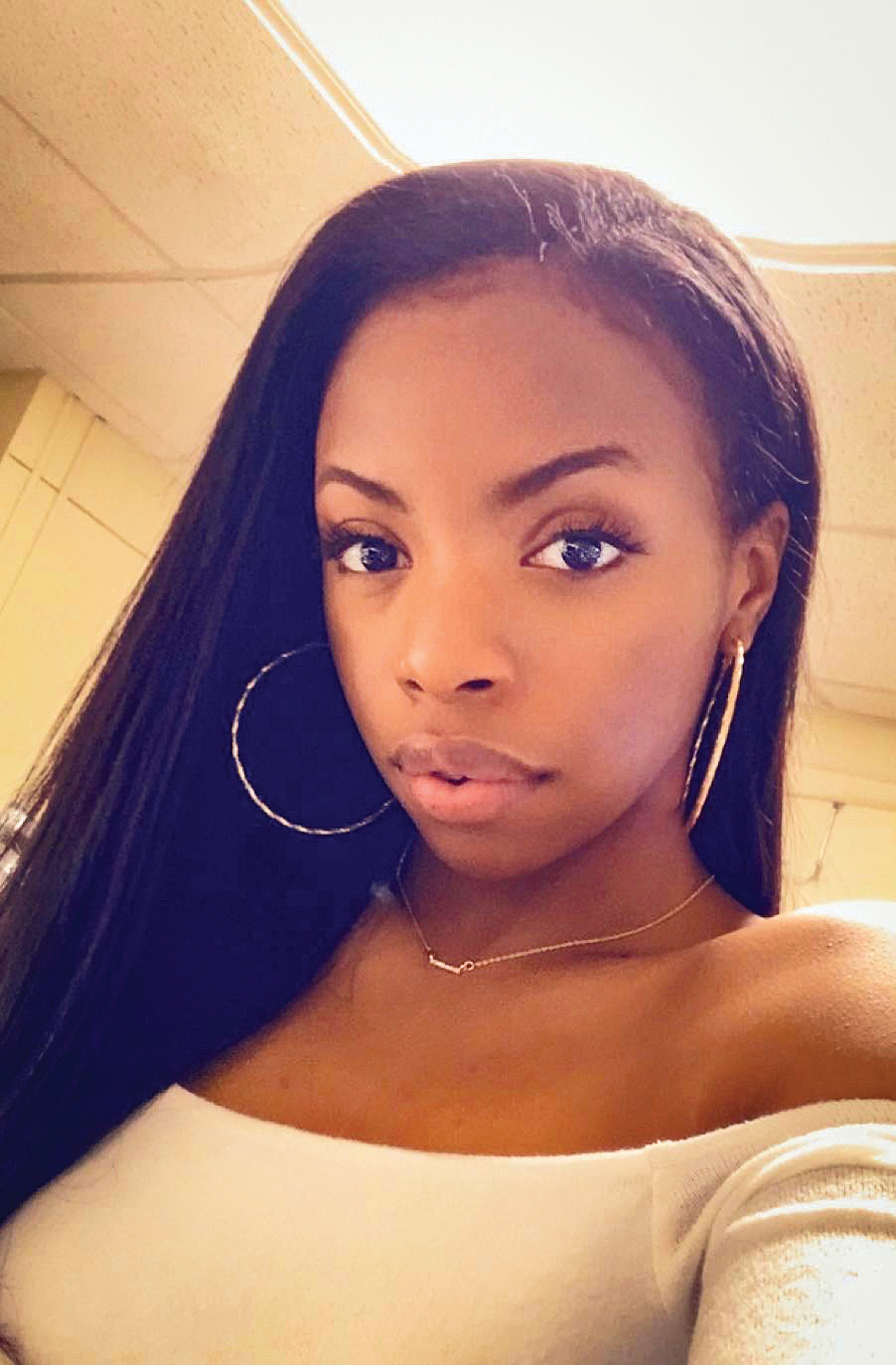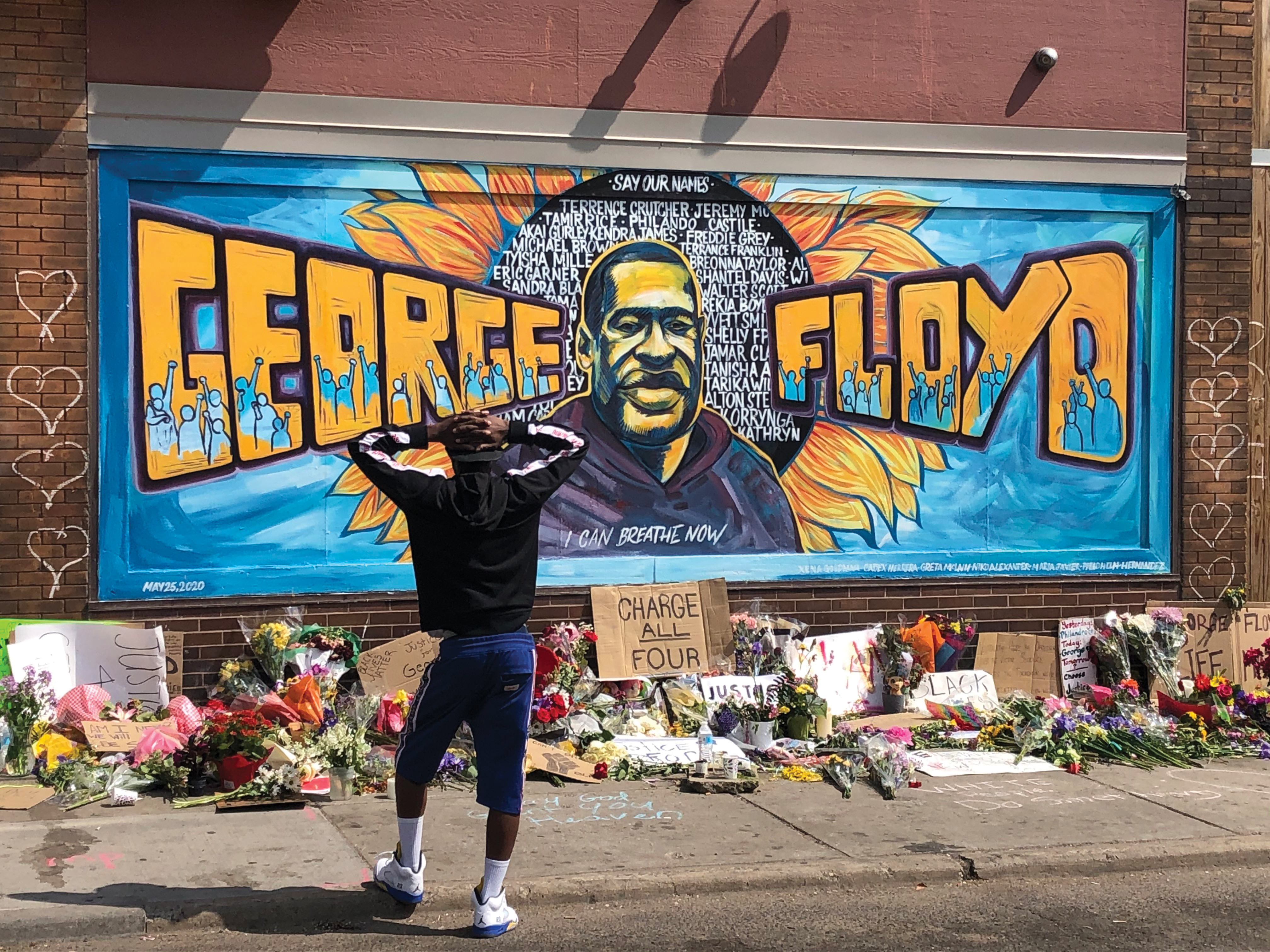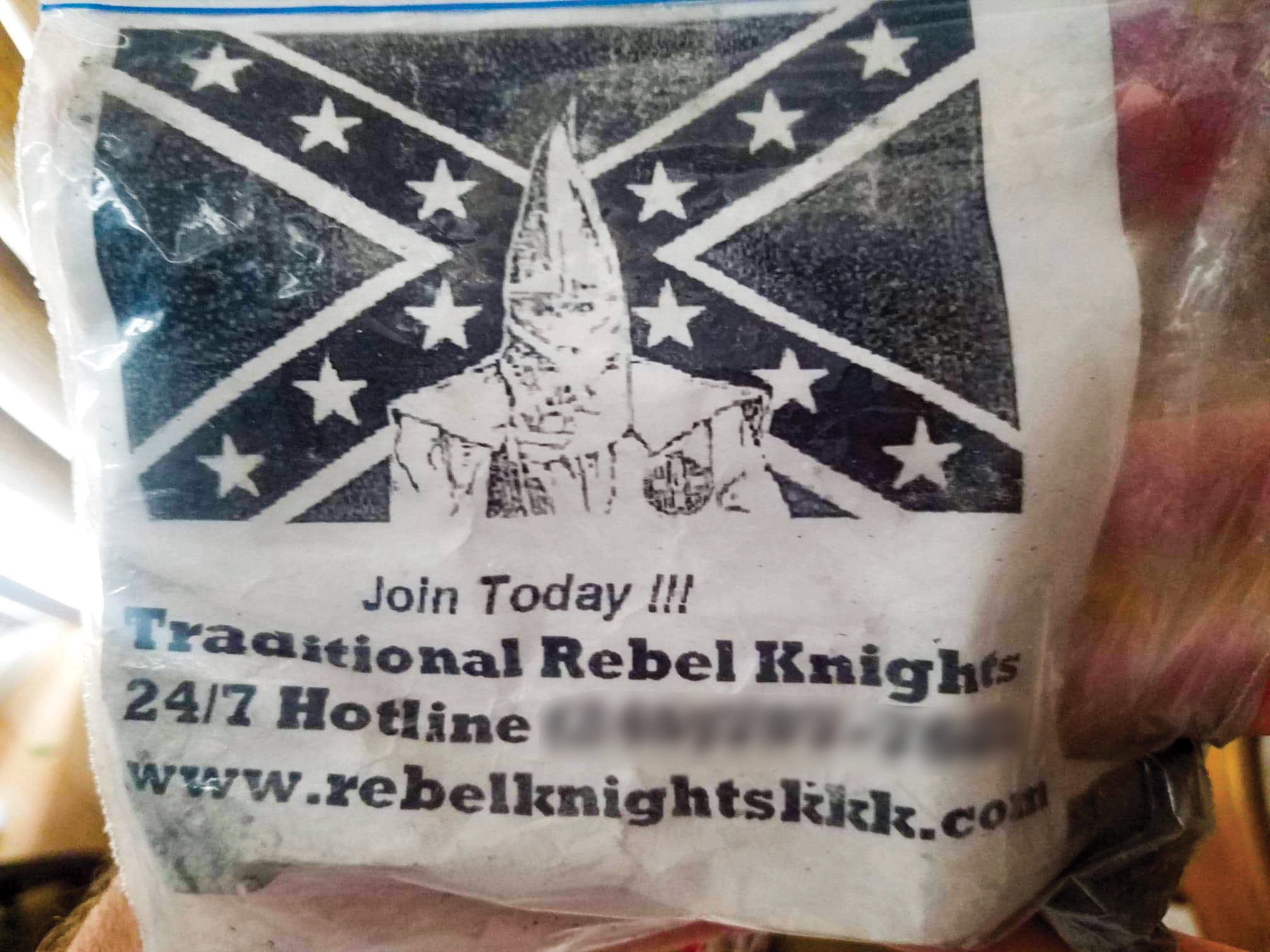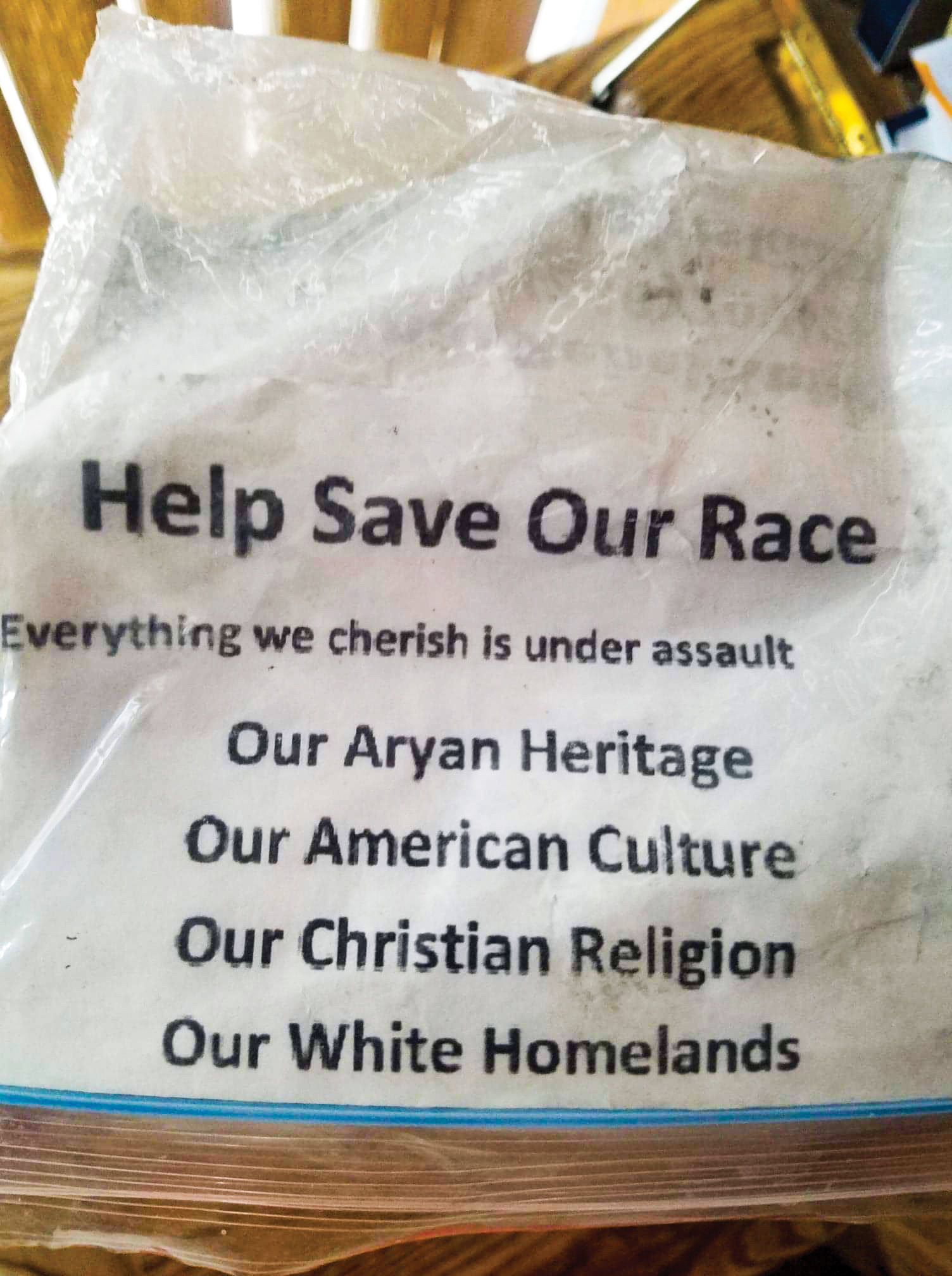By Tiffany-Jade M. Smallwood ’21
A lot of people consider me a hypocrite.
Why? Because I no longer support #blacklivesmatter yet I wholeheartedly believe that Black Lives Matter.
Usually I’d be offended at being called a hypocrite. But in this case I know it’s understandable. We tend to think of opinions in simple terms — as either one thing or another — and not as more complex and nuanced. My attitude towards #blacklivesmatter is confusing to some and even distasteful to others. However, my reasoning is sincere and honest.
My problem is with how the #blacklivesmatter movement has been used by corporations for their own ends and how they have replaced idealism with shallowness.
We’ve been told to be happy that we’re finally being included, which, I guess, is what we’ve wanted, right? Representation is important, but what does seeing a new black spokesperson in a company’s commercial really mean?
During and after the protests in response to the killing of George Floyd, many friends (and celebrities) refused to spend money anywhere that wasn’t black-owned or supportive of the movement itself. Shortly after this, coincidentally, many companies changed their logos, spokespeople, commercials, etc. so they could claim support for marginalized black communities. State Farm, for example, changed their spokesperson to a black man named Jake, which came from their popular commercial. Is this what we were protesting to change? I’m happy to see black spokespeople, but the hundreds of thousands of people who took to the streets were not protesting to change corporate spokespeople.
I’ve been asked by friends and faculty why, of all things, I would choose to write about racism, discrimination, and the lack of Black representation at Wilson for my first chance at journalism. I guess I could have written about something easier, like climate change or the effects of industrialism on wildlife and the urban poor.
“Why write this article?” Why write it coming from a generation who’s witnessed the first black president, prominent black superheroes, and the most diverse Senate in U.S. history? Because, regardless of the steps forward the world has taken, the hate towards and stereotypes of Black people and people of color remain. Our injustices are a direct result of the color of our skin and no matter what position of power some of us attain, there’s no avoiding it. Hatred has killed Black leaders who fought for equality, children who never got to experience it, and mothers and fathers who sought only to protect their children from the hate that injured or killed parents.
I’ve been asked about the relevance of this issue on Wilson’s campus as well, which didn’t surprise me as so little of our experiences as Black students on campus get recognized. My view is that statements of support and placating words in the context of #blacklivesmatter only go so far without action. Wilson should not be a community that makes such statements without taking an honest look at itself and deepening its understanding of the experiences of its students.
My initial impressions and first semesters on campus were difficult and negative, but as I near the end of my senior year, I’ve developed a more complex understanding of my relationship with this school. I am going to share, in a chronological order, my experiences on campus and hope, by seeing Wilson through my eyes, you can appreciate the journey I’ve been on. I should preface this by saying I am one of the Single Parent Scholars and lived on campus with my son — aged three when we first arrived.
𝔽𝕒𝕝𝕝 𝟚𝟘𝟙𝟟
“I don’t know why we’re talking about this. Racism isn’t a thing anymore and women of color aren’t struggling any more than [white women],” a girl sitting two seats from me in one of my first classes said.
She said it with such confidence and disregard for the presence of three black students that I didn’t raise my hand to counter her claim. The discussion continued and I worried that her perspective was shared by most of my classmates.
Although I felt uneasy when no one objected and said racism was real and very much alive in this society, I have to admit that I couldn’t think of anything to say myself. And I couldn’t tell if the silence of the majority meant she was speaking for them, or if no one spoke up out of fear of opposing her opinion. Luckily, when her comment didn’t provoke a response, our instructor gently continued her discussion on the effects of systemic racism.
However, the girl’s comment affected me greatly. I felt a terrible shame, and this poured into my writing, resulting in a rash of angry papers and overwhelming self-hate. I felt I didn’t belong. I questioned why I had come to college in the first place. This was one of my first experiences of prejudice on campus and it caused me to lose focus and contemplate leaving.
With hindsight, I think my angry papers were cries for help, and I was hoping someone would read them and assure me everything would be okay. When this didn’t happen, I became depressed and lost the motivation to succeed I had when I entered the school. My sense of being disregarded and not heard reached its zenith when an English professor questioned the authenticity of papers I had written. Although I hadn’t mastered every facet of writing, I was a decent writer. To learn that my professor thought that my papers were too well-written to be mine was extremely disheartening. Was it because I was a young Black woman and I wasn’t expected to speak or write with such confidence? Rather than confront the professor, I spiraled into distrust and doubt in my own work.
My mental health continued to plummet. I was barely eating, didn’t want to go to class, and was dangerously close to failing. My doctor increased the dosages of my anxiety and depression medications. My son began acting out because he was getting very little of the happy and involved mother he had been used to. I reached out to the faculty member I was told was the go-to person for student advice and problem solving to express my feelings and disappointment in my experiences. Sadly, they responded with, “Maybe college just isn’t for you,” followed by a 20 minute “conversation” about my poor academic performance.
Maybe college wasn’t for me. Or did they mean us? The words never left my mind and maybe that was a good thing. In fact, I may owe my academic accomplishments since then to these discouraging words and my determination to succeed in spite of them. Until that moment, I had been complacent with my failures and was ready to give up everything and drop out of school. Suddenly I was motivated to succeed if only to prove those ugly words wrong.
After telling a friend about my struggles, she suggested I join the Black Student Union. However, I was surprised that only four out of the 15 or so people in attendance were people of color. While I fully appreciated the support of these other students, I found it harder to express my feelings to people who hadn’t shared my experiences.
According to the Office of Admissions, the demographic for Wilson students in Fall of 2018 showed approximately 89 traditional female students of color – of Asian, Black/African-American, Hispanic, Multi-Racial, Pacific Islander, or “Non-Resident Alien (Foreign)” descent – compared to 357 traditional female students of White/Caucasian descent. The data also notes 90 students of “Unknown Race/Ethnicity,” — students that may not have specified their race. Based on what I’ve seen on campus, my guess is that it’s unlikely that many of those “unknown” students are of color.
After much consideration, I rethought my decision to leave school and made it my mission to seek allies in the community and use my writing as a vessel for my conflicted feelings. Come Spring of 2018, I met English instructor Marybeth Richards, who proved to be an ally and a mentor. She allowed me to express my emotions as a woman of color freely and openly in my class assignments, prompting me to register for a Women’s Studies class she would be teaching the coming fall semester.
𝔽𝕒𝕝𝕝 𝟚𝟘𝟙𝟠
Richards’ course on feminism would be my first women’s studies (WS) course. As most readers are aware, taking at least one WS course is required to obtain a traditional undergraduate degree at Wilson. I was nervous to take this class after the negative experiences I’d had my first semester discussing feminism. But I took this one with hopes I’d learn some- thing about feminism that I didn’t know.
After taking the class, I realized that I had compelling reasons for questioning the feminist movement — the most obvious being that I didn’t see myself, as a woman of color, represented in any of the arguments. The silver lining was Richards’ support and constant questioning of the texts for their failure to acknowledge the complex issues behind not only being gendered female but being a female of color.
Our course was divided into several sections, beginning with first- then second-wave feminism. In other words, it began with what could be called mainstream, liberal “White” feminism. When we finally got to study women of color feminism, I took the opportunity to compare some of the arguments from mainstream feminism with issues faced by women of color. For example, we had a heated discussion about women’s access to legal abortions in the United States. Although I agreed that women deserve access to safe and legal procedures, I informed my classmates that many women of color are forced into being sterilized, making them unable to enjoy the possibility of pregnancy. Under these circumstances, to protest for the legalization of country-wide abortions is a privilege. Not to mention that many underprivileged women would still be unable to afford abortions if they were to be made legal.
I had done research on this topic and discovered that throughout the 1960s and 1980s there were powerful movements advocating for reproductive rights, such as legal abortions and access to contraceptives. At the same time there was a significant push by the government to prevent women in marginalized communities from having more children in poverty. This is still true today when contraceptives are promoted in marginalized areas. Some feminist groups did not object to sterilization because they believed sterilization was a woman’s right. However, many women of color felt they had been coerced into sterilization. I considered this close in practice to a eugenics movement attempting to rid the population of the poor and marginalized communities of color. Some women had been offered monetary incentives to be sterilized, while others felt they had no choice because having more children would affect welfare benefits.
When I told my classmates about how reproductive rights were different for women of color in practice, many didn’t believe me. It took Richards’ confirmation of my research to convince them that I had been factually accurate.
“There are some things we don’t think about because we don’t have to,” she explained to me in a one-on-one chat. She added, “White privilege has nothing to do with individuals, it’s about the institutions.”
It was comforting to know that someone was on my side, but I was uncomfortable having to argue that not everyone is treated equally. I asked Richards how she felt about the textbooks focusing primarily on the struggles of white women. She said that she felt she was “doing students of color a disservice by privileging white feminism.”
She has since requested a change in her required textbooks and curriculum in order to be more inclusive of students of color. She now assigns “Can We All Be Feminists?” edited by June Eric-Udorie. Richards recognizes that students of color are underrepresented in Wilson’s curriculum and hopes to change that going forward.
During this time I was also able to talk to my English professor, Lisa Woolley, who also taught WS courses on campus.
Woolley said that although she has taught Women Writers twelve times at Wilson, she found that “the inclusiveness of [her] course depends heavily on the availability of textbooks.” She has concluded that “the two books [she is] using now are not as diverse as [she] would like, especially the text that sets up the theoretical framework for the course.” Woolley’s comments mirror Richards’, and she also hopes to find more affordable and inclusive textbooks for her classes, stating that costs are a large reason for this issue.
My professors’ transparency affirmed my feelings that there were many aspects of the Wilson curriculum that neglected to discuss the various types of women in women’s studies. Their awareness and intentions to act on them comforted me and made me excited for prospective Wilson students.
𝕊𝕡𝕣𝕚𝕟𝕘 𝟚𝟘𝟙𝟡
I was happy to finally build friendships with other Black students who could identify with me. Armani Johnson, President of the Black Student Union (BSU), and I have shared several similar experiences since coming to Wilson.
“When I was touring Wilson, my mom said the school seemed segregated, and I didn’t see it until recently,” Johnson said. She told me she loved the campus but had conflicting feelings after bad experiences.
Johnson said, “[Black students] are not valued as we should be. When I go into the dining hall I feel as if I’m walking on egg shells, waiting for something bad to happen.” She also agreed that the stares we get from other students can be the worst part, “because it feels as if they’ve never seen black people before.”
I asked if she’s been able to resolve any of the problems she’s had on campus, but sadly, as BSU’s president, she’s received little to no participation in her efforts from students or faculty. Collectively, most Black students stopped asking for help because they never received it. She added that “the lack of Black representation in staff and faculty is another reason we feel we don’t belong. We need people we can go to at times like this.”
Another Wilson student, Chris Dobbins, gave me input as a White, non-Black student.
“If people would just sit down, listen and accept [their wrongs] and do better it would be easier to obtain resolution,” Dobbins stated. She added that just by listening to me and other black people of color, she was educated on topics that she was previously unaware of. Dobbins also explained how expressing concerns about an issue and getting a “we hear you” type of response without real action often results in the actual issue being overlooked without resolution.
Talking to Dobbins proved that there are students on campus who understand the issues of black students and are trying their best to educate themselves to support inclusion.
𝕊𝕡𝕣𝕚𝕟𝕘 𝕒𝕟𝕕 𝕊𝕦𝕞𝕞𝕖𝕣 𝟚𝟘𝟚𝟘
2020 was quite an adjustment for our small campus. The pandemic and lockdown saw most students leave campus. My son and I returned to Baltimore for the duration. Virtual learning is difficult under normal circumstances because it requires concentration and the space and time to focus. It is especially difficult when the country is in the grips of a mass hysteria. Between the pandemic and the justified fear of illness or death, the political turmoil leading up to and after the election, and the Black Lives Matter protests (and the often overly aggressive and disproportionate police response), 2020 was not a year for distraction-free concentration.
Imagine then what it is like for students of color whose communities are in a state of distress? Imagine how this constant stress affects our psyches and makes focusing on school work extremely difficult? This isn’t to say other students don’t struggle or have problems navigating mental health issues or other stressors. However, I would like you to think about how many of our obstacles stem from the color of our skin, something we can’t and wouldn’t want to change, and something that should not be something that has negative connotations.
We’re held to the same academic standards as non-Black students, yet the toll that these community tragedies take on us makes it difficult to perform up to our personal standards. The stigma surrounding mental health in the Black community adds to this problem and makes it hard for students stepping out on their own to admit and understand that certain outside circumstances are impacting their ability to learn and function. At first, I was unable to accept my mental health crisis. And my attempt to resolve my issues through school resources proved difficult. However, after making friends and finding fellow students that sympathized with my emotional and mental struggles, I did eventually feel like I wasn’t going through this alone.
Although I was in a better place psychologically and socially, that didn’t prevent outside forces from affecting me negatively. In a Facebook post this past summer, Waynesboro, Pa., resident Kyle Chatfield expressed concern over a KKK member showing up to a peaceful Black Lives Matter protest that he was a part of. The man berated the crowd saying, “Being black deserves capital punishment,” and adding, “George Floyd deserved to die, all of them do.”
This happened less than twenty minutes from our quiet campus and yet, in the words my first-year classmate said with such conviction, “Racism isn’t a thing anymore.” I reached out to Chatfield via Facebook Messenger.
“Growing up around here I’ve seen just about everything around this community. People [even] started getting KKK flyers in their yard[s].” — Chatfield
He proceeded to send me pictures of the flyers he’d saved. Notable quotes included:
“Join Today!!! Traditional Rebel Knights”
“Help Save Our Race”
“Everything we cherish is under assault.”
It scared me. It scared my friends.
We didn’t feel safe.
𝕎𝕚𝕟𝕥𝕖𝕣 𝟚𝟘𝟚𝟘
With all of this being said, I have not given up on our school. I have many good memories of campus: Wilson helped me realize my passion for environmental studies and writing. I was confirmed into two separate honor societies. I got to successfully complete my college education with my son thanks to the Single Parent Scholar program. And I made friendships that helped me through some of my darkest times and which I hope will be life-long.
Although I can recognize the ‘good’, I know that not all students get to experience this. I felt that graduating from Wilson without speaking about some of my less-than positive realities and experiences would be doing a huge disservice to both current and future students of color.
I was given the opportunity to sit down with Wesley R. Fugate, Wilson’s 20th president, via Zoom, to discuss my concerns with him directly. I told him what I’ve seen, what I’ve heard, and what I’ve felt since coming to Wilson. I wasn’t sure what to expect from him after my past experiences of speaking out, but what I received was complete validation and empathy.
Fugate oversaw the Office of Identity, Culture, and Inclusion at Randolph College in Lynchburg, Va., and understands the importance of inclusion, representation, and diversity.
“If you feel like there’s action not being taken, you can write to me. You can stop me in the hallway, the dining hall, or wherever it may be,” he told me, adding that he’d do his best to make sure conversation was started on the issues. He also noted that the curriculum needed to be revised so students would see that these issues still exist.
There are many things I could quote from his interview, but the statement I quoted above stuck with me the most. In a one-hour conversation, my discomfort about being on campus was eased. It was calming to know that he not only cared about the future of our campus, but the futures of the students as well.
I can confidently say our school is in good hands, and I believe President Fugate is an ally that students can go to for hope and resolution.
Conversation about these hard-to-speak-on topics is necessary if we want to progress as a community. If we don’t have these conversations about inequality and racism students will continue to either suffer through their education or give up on school altogether.
I hope this article brings light to issues we refuse to talk about so that future students of color can also say they’re proud graduates of Wilson College.





